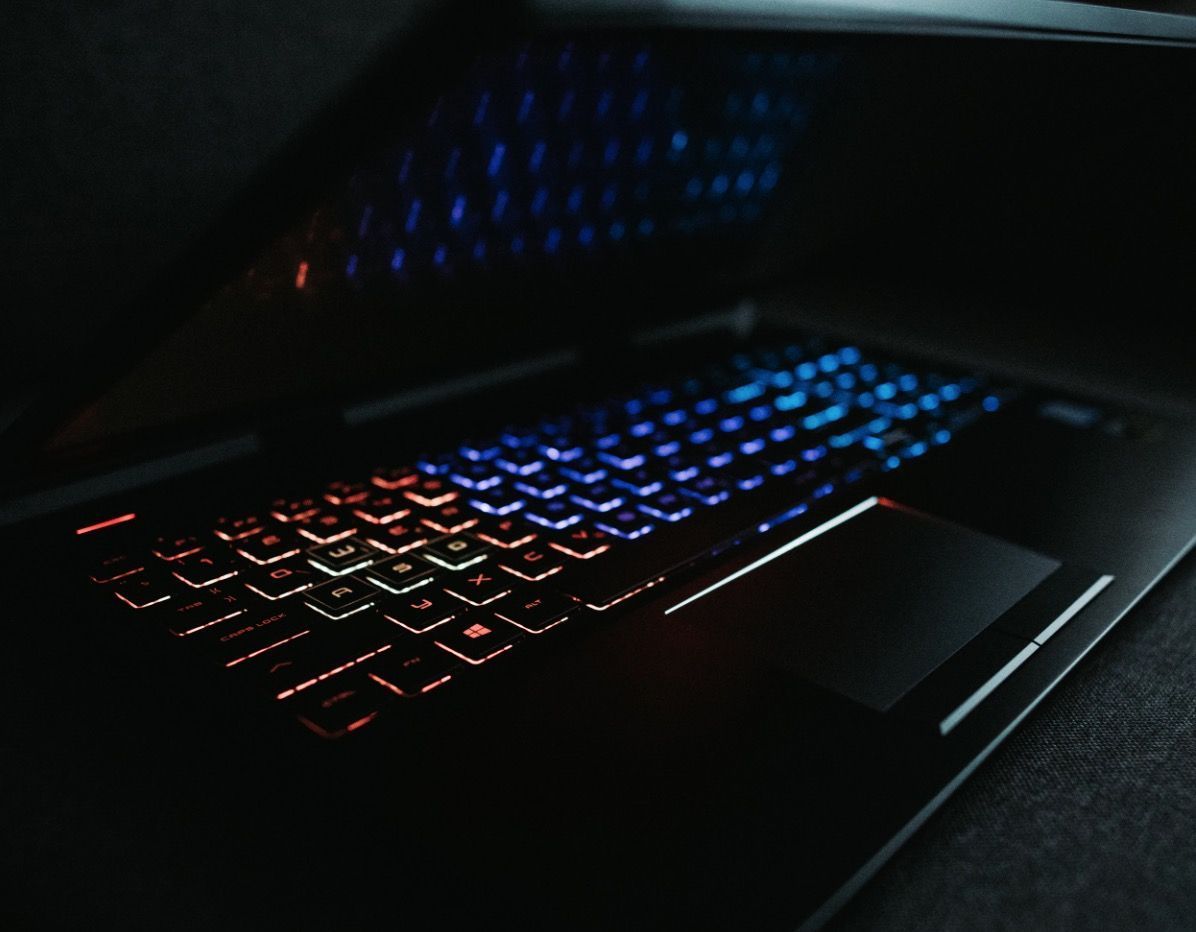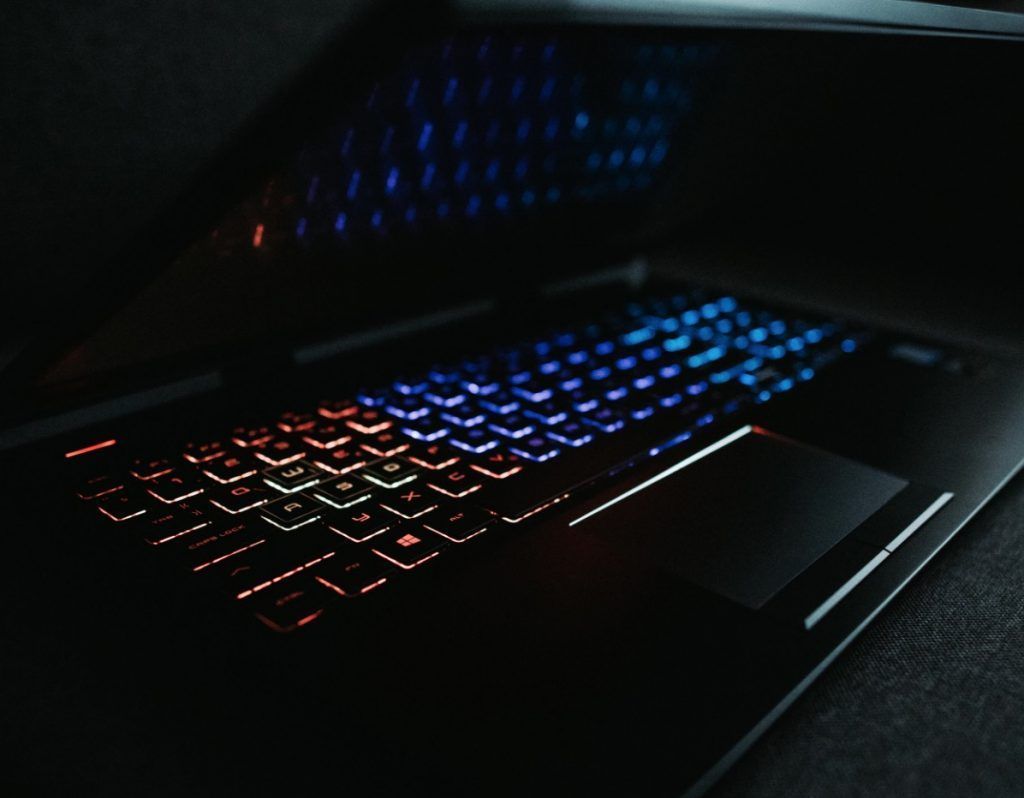
The laptop is a fantastic product but often does not meet the gamer’s requirements, there are laptops that can meet all possible and imaginable uses, including games! While the 15.6 inch models offer a very good compromise between power and mobility, by picking other diagonals, it is possible to favour power or mobility!

The gamer laptop
A “classic” laptop is a compromise between weight, size, power, functionality, autonomy and price to satisfy the largest number of users. Gamers’ laptops focus on power, especially the graphics card, but the processor is also important. On the other hand, powerful components consume more power than average and gamer laptops do not usually stand out for their battery life or “mobility” due to their large size and weight.
Selection criteria
Choosing a gamer laptop is more or less the same as choosing the components of a trick designed for the game. The keystone of graphics performance, the 3D card is the most critical element in performance. However, there is a direct relationship between the power onboard and the size of the laptop. Due to the heat dissipation primarily from the CPU and GPU(s), the highest performance components can only fit in the largest notebooks.
1. Graphics Card
The high-end GeForce GTX and Radeon HD are best suited for this task. The most powerful notebooks even come with SLI or CrossFire X! However, these radical solutions are reserved for the larger models (17″ and up). 15.6″ laptops are usually equipped with smaller GPUs to keep the heat in a more compact chassis. Finally, the most mobile machines, 14-inch and smaller, have GPUs generally comparable to 15.6-inch laptops but in a “deflated” version: lower frequency to limit heat dissipation.
Currently, 1 GB (per GPU) is the minimum union requirement for the graphics card of a “gamer” laptop. At the memory level, the GDDR5 is more powerful than the DDR3 with economic vocation but the choice is not always possible.
2. Screen
Always in front of our eyes, a quality luminous screen with a matt finish (to avoid reflections) is also very important. In addition to the size of the machine (as well as its weight and the power that can be integrated), it also determines the resolution. The 15.6-inch laptops are available in simple “HD”, i.e. 1366×768 pixels, as well as in “Full HD”, i.e. 1920×1080 pixels. Larger diagonals often go hand in hand with Full HD, whereas below 15.6 inches, the screen is generally in HD. If a Full HD screen allows you to get the most out of gaming, you will of course need a more powerful GPU than to drive an HD panel. An intermediate resolution exists, 1600×900, but it is not as common as the other two.
3. Processor
Game-oriented laptops usually have a perfectly matched Core i7 Quad Core processor. If budget constraints dictate a choice, it’s best to keep a powerful graphics card and switch to a Core i5. It should be noted that Core i7 is not synonymous with a Quad Core processor in mobile processors! Indeed, there are Core i7 Dual Core processors. Their advantage over a Core i5 is quite limited.
4. Storage and RAM
Because gamer laptops are usually large, their size makes it easy to integrate many components. From a diagonal of 15.6 inches, it is not uncommon to have two bays 2 dune inches, which allows to boost for an SSD (OS and most used games) and a hard disk (storage). Note in passing that two bays 2 ½ inches open the way to RAID 0 One notch below the level of performance, a hybrid system or ExpressCache consisting of a hard disk backed by a “mini SSD of a few tens of GB” (usually in mSATA) offers a good compromise. When only one bay is available, unless you can afford it, you’ll have to choose between a 256GB SSD or a large hard drive. On the optical drive side, a DVD burner is part of the standard equipment (unless you go under 14 inches). The Blu-Ray burner or the Blu-Ray drive and DVD burner combo are reserved for high-end models.
In terms of memory, even if the games are mostly in 32 bits, 8 GB is a minimum to play in good conditions. Since many machines have 16 GB as standard, there is not really any need to worry about RAM.
5. Sound
The sound part must be taken care of. A subwoofer integrated into the underside of the machine is a big advantage. For space reasons, this type of equipment is only available on machines of 15.6 inches or more. If the microphone and webcam are standard equipment, two audio jacks for connecting gamer headphones are a must. Finally, a digital (optical) sound output is very interesting for those who connect their laptop to a 5.1 system.
6. Other points
For a laptop gamer, you don’t have to focus on the finesse of the machine. A “certain thickness” is necessary for ventilation. So don’t be surprised by the presence of numerous air inlets, some of which also play an aesthetic role. As far as design is concerned, manufacturers are currently focusing on black frames with a “soft touch” finish and a rather angular silhouette.
The general trend is towards LEDs; not only for the (sometimes customizable) backlighting of the keyboard, but also to illuminate certain parts of the machine. While we’re on the subject of the keyboard, the presence of a numeric keypad (generalized on 15.6″ machines) is almost unavoidable for some games. Programmable function keys are a plus. A large multi-dot touchpad is an ergonomic advantage even if it is advantageously replaced by a mouse to play. If different profiles (game, surf, movie, silent) are still predefined in Windows, a button or scroll wheel to switch between these modes comes in handy.
Typically, gamer laptops offer a rich connectivity with a Gigabit Ethernet interface, multiple USB 3.0 ports and a digital video output (HDMI or DisplayPort). Other connectors are interesting depending on use: VGA, eSATA, S/PDIF, USB, etc. 2.0, memory card reader, etc. For the wireless part, the Wifi N is still available but Bluetooth is not generalized.